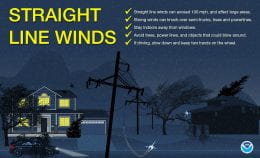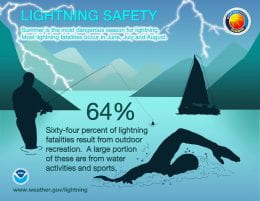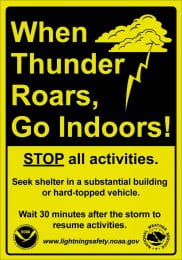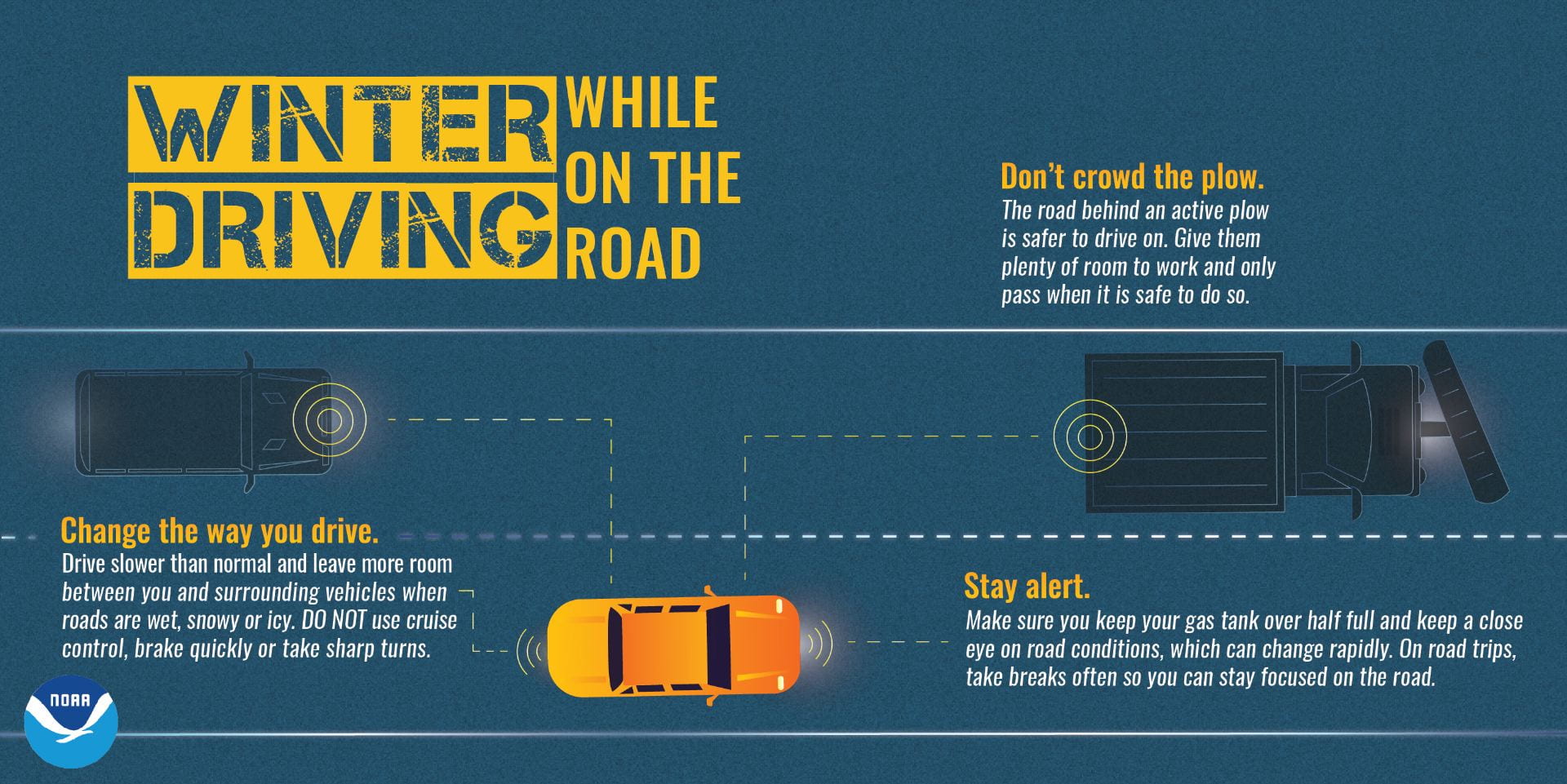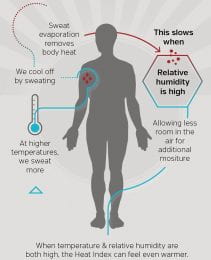Following the shots fired incident on May 9 at the KSU Foundation, K-Staters have asked for information about what they should do if a similar incident happens in the future. As is true in many situations, we can learn from our experiences and apply the lessons to be better in the future.
Preparation is a tremendous asset in a crisis.
K-State Police and the university’s crisis communications team practice and meet regularly to prepare for potential crises but all K-Staters need to make safety a top priority. As a member of the university community there are steps you can take to be informed and prepared.
Sign up for text alerts through K-State Connect. While K-State Alerts are delivered to all university emails, you must intentionally sign up to receive text alerts. Many who asked why they did not receive an alert on May 9, had not signed up for the text message option. Receiving alerts through text messages is a personal safety feature that is strongly encouraged. Texts are the fastest method the university has to deliver emergency messages, as email delivery can sometimes be delayed. Please opt in for text alerts!
Take an ALICE training. The next scheduled training is May 22 and you can sign up through HRIS. Also, trainings can be scheduled for entire departments by contacting Sergeant Chad Jager at cwj7667@k-state.edu or 785-532-6412.
Familiarize yourself with your departmental or building’s emergency plan. If there isn’t one, help to make one — emergency plan templates are available under the Planning Resources bullet on the emergency management website. If multiple departments are in the same building, they must plan and train together. For emergency planning guidance, contact Michael Bear, emergency management coordinator, at kstateem@k-state.edu or 785-532-6412.
The K-State Alerts system, ALICE training and emergency plans work.
On May 9, most people followed instructions in the K-State Alerts message and stayed clear of the area. This allowed police to conduct the investigation and if there had been injuries, it would have given emergency medical personnel room to do their jobs.
Although the police did not issue a lockdown, some buildings relied on their departmental or building safety procedures and locked the doors. The Rec Center and the College of Veterinary Medicine evaluated their proximity to the incident and followed their protocols. This doesn’t mean they overreacted or that other parts of campus underreacted. Each person and department will encounter different circumstances and must adjust accordingly — as the ALICE training teaches.
Brief facts are the most effective in emergencies.
K-State Alerts provides short and direct messaging through text messages (if you are opted in), email, alert beacons, the website, social media and possibly a loud speaker. The messages are designed to give basic information in as few characters as possible so K-Staters can quickly read and implement safety plans.
K-State Police took several factors into account about what language to use for the first May 9 alert. For example, the term “shots fired” was used because there were no reports of a person being hurt. In the short, quick messages — limited to 160 characters —facts are prioritized over explicit instructions, grammar, spelling and punctuation. During an incident, we’d like to provide complete, detailed and politely-worded information and instructions to everyone, but it is not possible in the middle of an emergency.
Wall-mounted beacons are for initial alerts but other media should be used for updates.
The alert beacons in various campus buildings will sound for several minutes. An incident might still be ongoing even if the beacon stops sounding. Changes in incident status will be sent as separate messages in K-State Alerts, official university social media posts and website homepage notices and may re-trigger the beacons, but in some cases it may not. The beacons are installed and maintained by Network and Telecommunications Services.
Loved ones and visitors may want to receive K-State Alerts, too.
Several parents and students were confused because they did not receive a text message about the situation. K-Staters can add up to three phone numbers and e-mails to three different addresses to their account. This is a good way to include family members in notifications if desired. Non-affiliated K-State visitors and community members can receive alerts for all three campuses by texting KSTATEVISITOR to 67283.
Please remember, you’ll only receive K-State Alerts by text message if you opt-in via K-State Connect. Also, alerts settings default to coverage for all three campuses. You can change this setting in K-State Connect. Read how.
The K-State Alerts policy was revised to only announce emergencies and campus closures.
Through surveys and feedback forms, we’ve also learned that many people who were initially enrolled in K-State Alerts text messages unsubscribed because alerts regarding thunderstorm watches and other weather events not requiring action became intrusive. The K-State Alerts policy was revised several years ago and weather alerts are now only issued for severe weather events affecting university property, campus closures and serious safety issues. Please re-enroll for the most direct means of all types of emergency notices.
The K-State Police work to make campus as safe as possible, but every member of the K-State community can contribute to this effort. Whether it is by enrolling for K-State Alert texts, taking ALICE or Stop the Bleed training, reporting suspicious activity via the LiveSafe app, or participating in emergency planning and training, your actions help make K-State a more prepared and resilient place for us all to live, learn and work.

